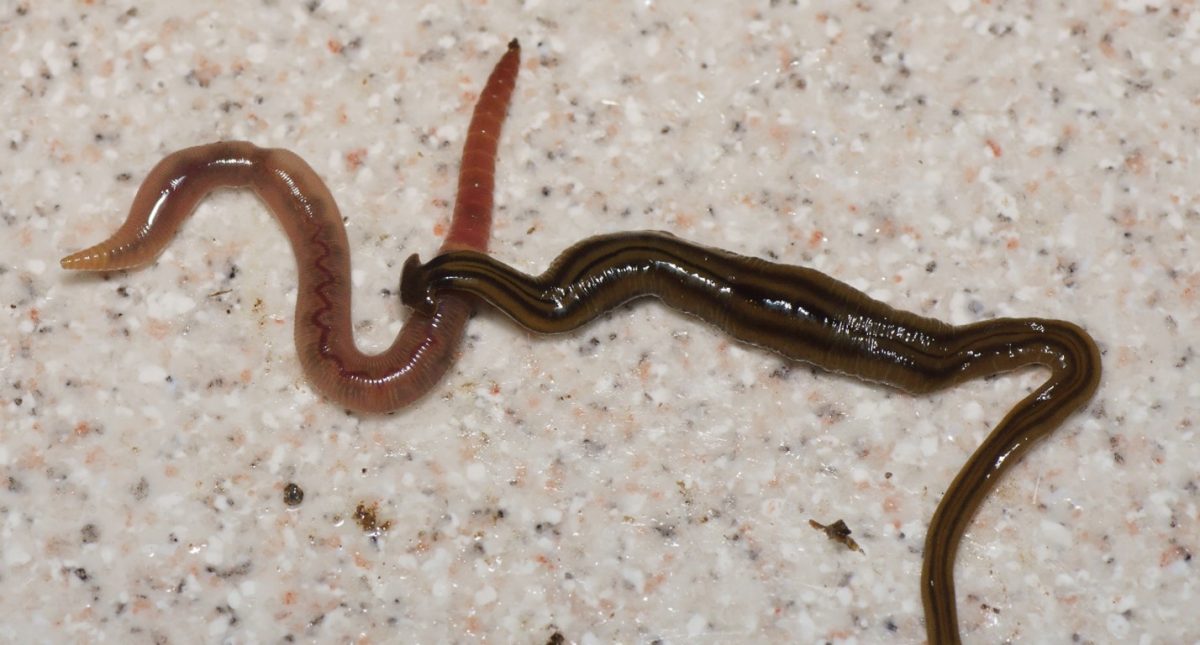The Last Era of Whales
April 3, 2016
At the age of eight, sitting in the stands at the infamous SeaWorld chanting Shamu with hundreds of other people, I had my first experience with a whale. Three years ago, Netflix uploaded Blackfish, a documentary that followed a series of deaths associated with the whales held in captivity for over 30 years at different SeaWorld locations. And because I was a typical teenager with nothing to do that summer, I watched it. It forever changed my views on SeaWorld.
Around two hundred whales have died while in captivity. To keep whales, or any animal for that matter, in captivity as a source of entertainment is one of our cruel factors as humans. We should be trying to protect them, not profiting off of their existence.
I have loved sea creatures my whole life. As a little kid, I aspired to follow the path of a dolphin trainer or a scuba diver, and I still do today. I wanted to be like Ariel from the Little Mermaid, except with a fifty-pound tank on my back and flippers instead of a tail.
Somehow, even now, when I look back at SeaWorld I can find a sense of childhood and remembrance of happy times. But for the whales, I know it is a life of suffering and torture, and from that aspect it is a good thing that this era of whales is the last one. On the other hand, SeaWorld has a rehabilitation center and has cared for injured animals for years. The issue is that too many people try to focus on only one side of the problem: either the side of honorable works or keeping animals in captivity for thirty years.
As my middle school principal used to say, “The choice is yours.” Imagine a world where we appreciated and cared for the animals of the ocean. Instead of swimming in trash, they would be swimming in clear blue waters. There would be no need for SeaWorld, because animals would be safe and protected.
Having whales in captivity also is dangerous for trainers. Dawn Branchea was the first victim of a whale attack in SeaWorld. Even though she was the most experienced senior trainer at SeaWorld, killer whale Tilikum attacked her, maybe because the whale was in a bad mood, or maybe the tank he was in was far too shallow. Killer whales in the ocean are submerged under deep depths, but at SeaWorld, the tanks are 40 feet deep, not nearly enough room to move around.
Imagine living in a studio apartment for the rest of your life. That’s what it’s like for a whale in captivity every day. The tanks are big enough to live in, but too small to move around in. I want to be a person who helps the animals in a way that isn’t hurting them in the long run. What happened in SeaWorld changed my perception on the world. I realized that we are all human and we make mistakes, but also that we cannot continue to treat these animals in such a manner.







